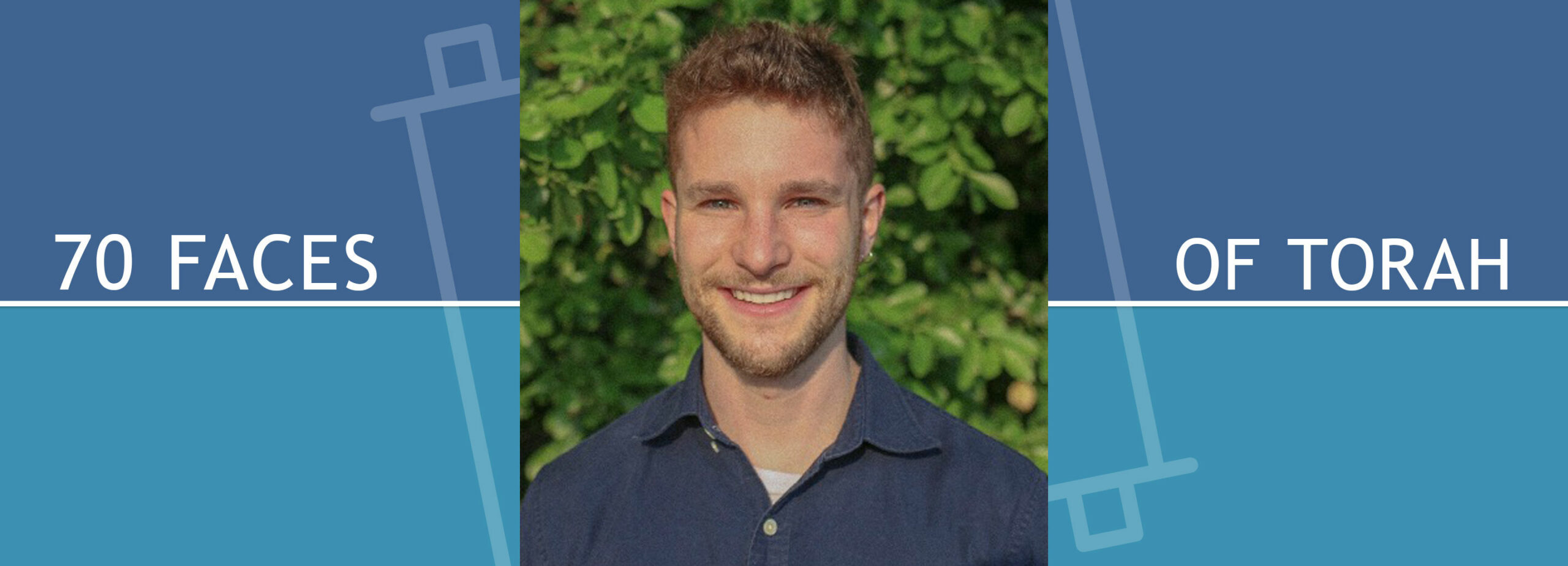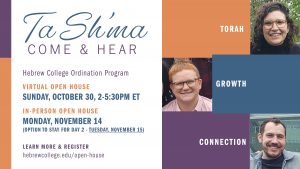Deuteronomy Listening to Trees

Parashat Shoftim (Deuteronomy 16:18-21:9)
This past summer I made my way through The Overstory, a sweeping work of fiction by Richard Powers. A Pulitzer Prize winner in 2019, the novel weaves together nine stories of Americans fighting the deforestation of the California redwoods. One of them, the plant ecologist Dr. Patricia Westerford, writes the following in her book on the power of trees:
Trees know when we’re close by. The chemistry of their roots and the perfumes their leaves pump out change when we’re near… When you feel good after a walk in the woods, it may be that certain species are bribing you. So many wonder drugs have come from trees, and we haven’t yet scratched the surface of the offerings. Trees have long been trying to reach us. But they speak on frequencies too low for people to hear.”
What might the trees be trying to tell us? An oft-quoted verse from Parashat Shoftim about trees, humans, and the laws of war invites us to consider our relationship to trees and what we can learn from them. As Moses prepares the Israelites to enter the promised land, he instructs:
כִּי תָצוּר אֶל עִיר יָמִים רַבִּים לְהִלָּחֵם עָלֶיהָ לְתָפְשָׂהּ לֹא תַשְׁחִית אֶת עֵצָהּ לִנְדֹּחַ עָלָיו גַּרְזֶן כִּי מִמֶּנּוּ תֹאכֵל וְאֹתוֹ לֹא תִכְרֹת כִּי הָאָדָם עֵץ הַשָּׂדֶה לָבֹא מִפָּנֶיךָ בַּמָּצוֹר
When in your war against a city you have to besiege it a long time in order to capture it, you must not destroy its trees, wielding the ax against them. You may eat of them, but you must not cut them down. Are trees of the field human to withdraw before you into the besieged city? (Deuteronomy 20:19, NJPS)
Classical Rabbinic commentators are divided over how to understand the verse’s final phrase. Rashi, the 11th century commentator, reads the bolded line as a rhetorical question, reflected in the translation above. For Rashi, the relationship between humans and trees is premised on difference. Humans can flee danger, but trees cannot, and therefore must be protected.
In contrast, Ibn Ezra, in the 12th century, places humans and trees on a continuum. Humans are inextricably bound up with trees, insofar as:
“.כי חיי בן אדם הוא עץ השדה”
Human life is trees, writes Ibn Ezra, meaning we cannot live without them.
In today’s climate crisis, Rashi and Ibn Ezra seem like two sides of the same coin. Our rapidly vanishing forests are often described as the “earth’s lungs.” Trees absorb carbon and emit oxygen—the very opposite of human breath, in line with Rashi’s emphasis on difference. But it is on this very difference that our survival as a species depends, just as Ibn Ezra stresses.
Shoftim may still leave environmentalists wanting. The portion’s following verse, Deuteronomy 20:20, clarifies that the tree-chopping ban refers only to fruit trees. This addendum prompts several traditional commentators to read the prohibition as largely a matter of tactical prudence. With a shift from plant conservation to fruit rations for a besieging army, Shoftim’s ecological bent is eclipsed by its military context. And yet the curious link between humans and trees invites the question inspired by Dr. Westerford. What might the trees be trying to tell us?
Spiritual traditions across the globe have long practiced listening to and learning from nature and trees specifically. The application of these practices has been described as “biomimicry,” which writer and activist adrienne maree brown* defines as the “imitation of the models, systems, and elements of nature for the purpose of solving complex human problems.” In brown’s 2017 book Emergent Strategy, she offers an example of biomimicry by charting how humans can learn interdependence from one “tree of the field,” the oak.
Oak trees don’t set an intention to listen to each other better, or agree to hold tight to each other when the next storm comes. Under the earth, always, they reach for each other, they grow such that their roots are intertwined and create a system of strength that is as resilient on a sunny day as it is a hurricane.
Biomimicry can be found in rabbinic sources as well. One example appears in Babylonian Talmud Taanit 20b, where Rabbi Elazar teaches that a person should be soft like a reed and not stiff like a cedar. This is why, Rabbi Elazar explains, we use reed quills to write our Torah scrolls, tefillin, and mezuzot. The reed imbues these sacred objects with gentle flexibility.
One could read Rabbi Elazar’s statement as merely a natural simile, or a retroactive explanation of scribal practices. I prefer to imagine a different scene. Perhaps, one day, Rabbi Elazar left the study house in a huff, frustrated by his Rabbinic colleagues’ stubbornness and cedar-like rigidity. While taking a walk to cool his nerves, he passed a bushel of reeds. Bending in the direction of changing winds, the reeds remained rooted in the earth. “What can we learn from these trees of the field?” Rabbi Elazar asked himself. He then rushed back to the study house with an answer, which was recorded for generations to come.
As a whole, Shoftim outlines a wide range of practices concerning how humans ought to relate to one another. Commandments are given to establish a judicial system, limit a king’s power, weed out false prophets, and account for the tragedy of an unclaimed corpse. Yet Deuteronomy 20:19’s link between humans and trees urges us to not see the natural world as merely the backdrop for these social systems. For as Dr. Patricia Westerford teaches in a final, climatic scene, “trees stand at the heart of ecology, and they must come to stand at the heart of human politics.”
* adrienne maree brown styles her name in lowercase. She writes that “i like to self determine what i capitalize ? and lowercase letters are generally more aesthetically pleasing to me.”
Emmanuel Cantor is a fourth-year rabbinical student at Hebrew College. As a student rabbi he has served a number of Jewish communities, most recently Congregation Dorshei Tzedek and the Slifka Center for Jewish life at Yale. Before rabbinical school, Emmanuel worked as a community organizer for Jews United for Justice and lived in an Avodah Bayit. He earned his BA at Yale, where he majored in Women’s, Gender, and Sexuality Studies, and is an alum of Yeshivat Maale Gilboa in northern Israel.


